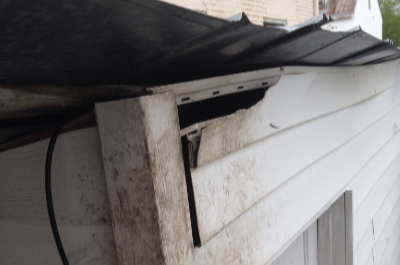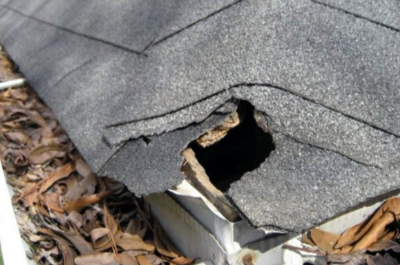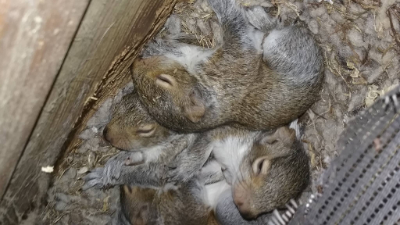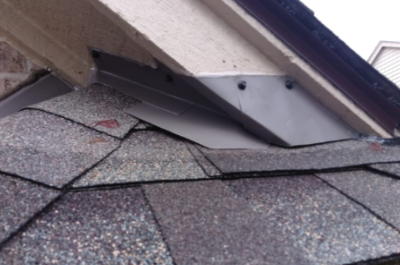Do-it-yourself Squirrel Removal Guide: Step by Step
The best way that you can prevent the entry of squirrels in your home is to seal all the entry points. However, you won’t want to seal up your home while they are still in there. So, you must observe your intruder habits and observe when to act and when not to. You should check the movements of squirrels and observe when they are coming out. Whether they go for food in daylight or at night.
During daylight, head up to the attic and check some cracks or holes and look for some kind of light shine. Squirrels can come in through holes as small as 2 inches and as big as a basketball. If you are unable to find the attic and can’t access it, then use binoculars and watch form your lawn table, and observe their movements, when they are going out.
Step 1: Locate how squirrels are entering your home


The most popular entry points of squirrels can be ridge cap vents, gable vents, roof vents, soffit vents and a fascia board that can be construction gaps occurring between roof sheeting. Construction gaps can be the main entry points of the squirrels because they can get into your rain gutter than simply push up on the bottom of the roof shingle and slip into your home wherever these gaps are left. The best way to see if your home has access to squirrels is to enter your attic and just walk around the area looking for some kind of holes or bright light showing into the attic.
Always take a flashlight with you to see if you can see the back of the roof shingles which is just below the bottom of the roof sheeting. You should then cover all these areas with a galvanized steel flashing or with galvanized steel drip-edge (to prevent their entry).
An attic space can be very fatal to you. Slipping off trusses and falling through the sheetrock ceiling can break your bones and can be very painful. If you are unsure of your abilities, then contact a professional squirrel removal company which knows their work well and carries liability insurance of their employees.
Step 2: Check for baby squirrels

A squirrel can have babies twice a year, depending on the location you live. Their first batch is born in the months between January and May and their second batch is born in the fall of August and early October.
When you are searching for their nests, look for areas with insulation, leaves, or yard debris. Squirrels typically build nests near an entry point, but they can build their nests anywhere in the attic. When you approach the baby squirrels, you will hear ‘peeps’ and can see their movements.
This is not the best time to disturb them, as the mother squirrel may abandon them to die, and this will cause you more problems.
Step 3: Seal All Entry Points Except For Main Hole
Identify which access hole is the main hole and do not close this hole. Then, seal all the other holes with galvanized steel sheeting or with heavy wire. Also cover construction gaps with the galvanized roofing drip edge.
Step 4: Treat Attic with Squirrel Gone Squirrel Removal Product
After, enter the attic with squirrel “Gone Squirrel” removal liquid spray and look for their hideouts. Then start spraying liquid in a steady stream.
Start spraying the open-access hole and then work around the attic in a clockwise path until you reach back to the hole.
Spray three pumps on the actual hole, and then to spray in the hole when the squirrels are out, and it’s usually a mid-day time.
After completing the process, allow one complete day for any squirrels in the attic to exit.
Step 5: Secure the main access hole from the squirrels

After waiting 24 hours, verify if all the squirrels have left and then secure the last hole with a galvanized gap.
Spray every season to prevent the squirrels from entering your house.
Step 6: Remove Squirrels From Around Property
If you live in an area where there is a serious squirrel problem, then you should remove all squirrel feeding stations and bird feeders from your area. Spread granules around your home foundation and pay special attention at the entrance of each rain gutter downspout and spread a small number of granules there.

